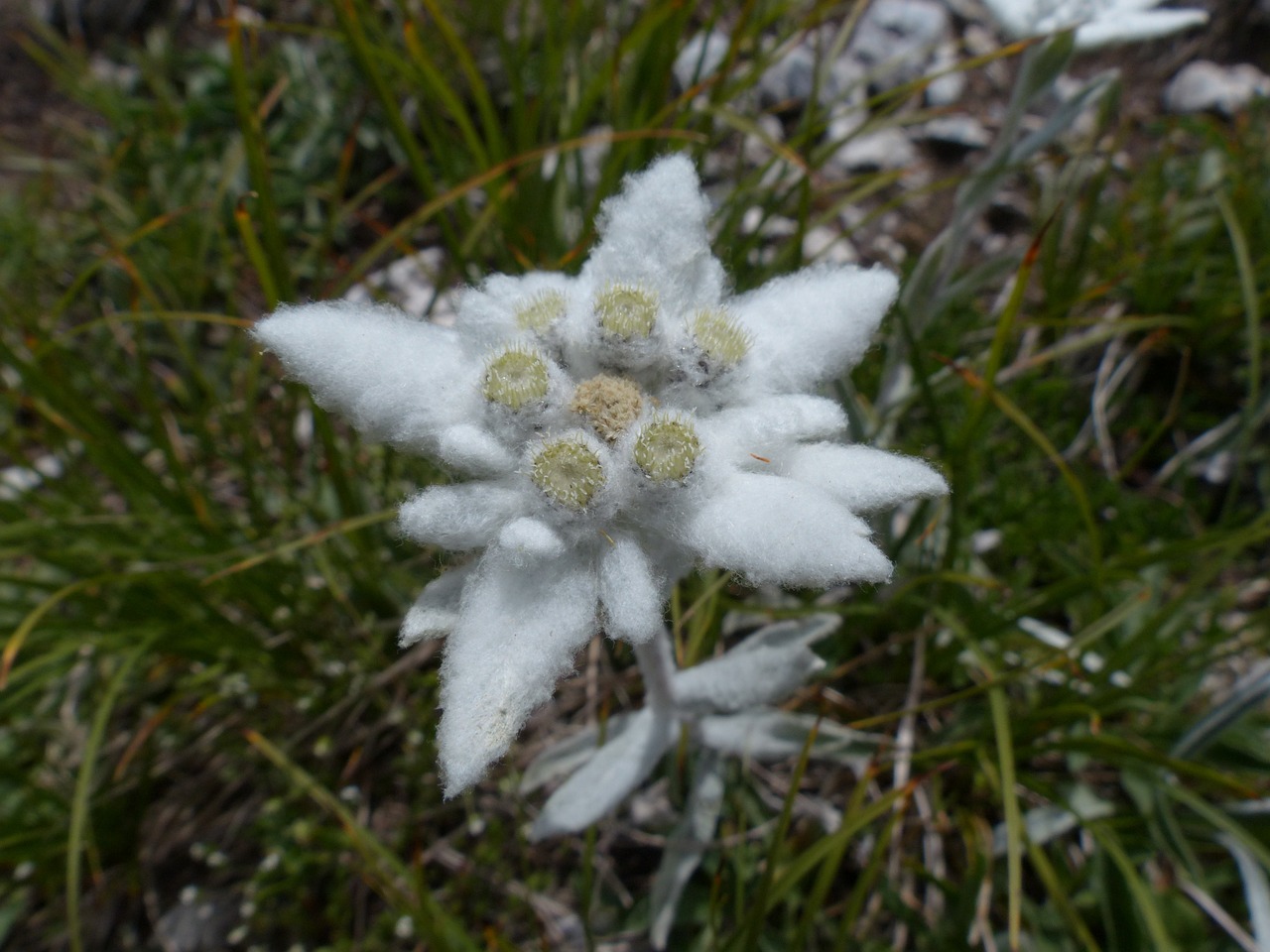
Leontopodium and Planting: A Comprehensive Guide
Introduction
In the world of gardening and horticulture, one plant that has captured the hearts of enthusiasts is Leontopodium, commonly known as Edelweiss. This charming alpine flower is not only admired for its delicate beauty but also for its hardiness and resilience in various climates. If you’re considering adding Leontopodium to your garden, this comprehensive guide will walk you through the process of planting and caring for this stunning bloom.
What is Leontopodium?
Leontopodium, or Edelweiss, is a perennial mountain flower native to the Alpine region of Europe. It’s known for its distinctive woolly leaves and striking star-shaped white flowers. In this article, we’ll delve into the art of cultivating this remarkable plant.
Getting Started: Preparing for Planting
Choosing the Right Location
Before you start planting Leontopodium, it’s crucial to select the right location. These alpine flowers thrive in well-drained soil and require plenty of sunlight. A sunny spot in your garden or on your balcony is ideal.
Soil Preparation
Edelweiss prefers slightly acidic soil with good drainage. To achieve this, mix organic matter, such as compost, into the soil to improve its texture and fertility.
Planting Leontopodium
Seeds or Seedlings
You can start growing Leontopodium either from seeds or young seedlings. If you choose seeds, sow them in late winter or early spring. Seedlings can be transplanted into your garden in the spring or fall.
Spacing
Space the plants about 12 inches apart to allow them room to grow. Leontopodium can spread, and proper spacing prevents overcrowding.
Watering
Water the young plants regularly, keeping the soil consistently moist but not waterlogged. Once established, they are drought-tolerant and require less maintenance.
Caring for Your Edelweiss
Pruning
Leontopodium doesn’t require much pruning. Simply trim away any dead or damaged foliage to encourage healthy growth.
Fertilizing
Use a balanced, slow-release fertilizer during the growing season to promote blooming. Avoid over-fertilizing, as this can lead to excessive foliage growth at the expense of flowers.
Pests and Diseases
Edelweiss is relatively pest-resistant, but be on the lookout for aphids and snails. Treat any infestations promptly. Additionally, ensure good air circulation to prevent fungal diseases.
Edelweiss in Landscaping
Rock Gardens
Leontopodium’s low-growing habit makes it perfect for rock gardens. Its white blooms contrast beautifully with the surrounding rocks and foliage.
Container Gardening
If you have limited garden space, consider planting Edelweiss in containers. Use a well-draining potting mix and provide adequate sunlight.
Conclusion
Incorporating Leontopodium, the elegant alpine flower, into your garden can bring a touch of mountain charm to your landscape. With the right care and attention, you can enjoy its pristine beauty year after year. So, get started on your Edelweiss journey and watch your garden bloom with these exquisite star-shaped flowers.
FAQs
1. Is Edelweiss difficult to grow?
Edelweiss is relatively easy to grow, especially if you provide it with the right conditions of well-drained soil and sunlight.
2. Can I grow Edelweiss in a pot?
Yes, you can grow Edelweiss in a pot as long as you use well-draining soil and ensure it receives sufficient sunlight.
3. How do I prevent pests from attacking my Edelweiss?
Regularly inspect your plants for pests like aphids and snails. You can use organic or chemical solutions to treat infestations if necessary.
4. When is the best time to plant Edelweiss?
You can plant Edelweiss either in late winter or early spring from seeds or transplant seedlings in the spring or fall.
5. Can I cut Edelweiss flowers for arrangements?
Yes, you can cut Edelweiss flowers for arrangements. However, do so sparingly to ensure the plant continues to bloom abundantly in your garden.